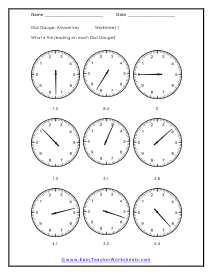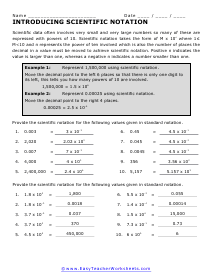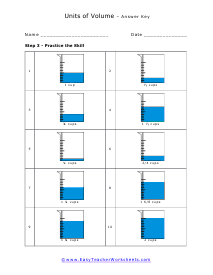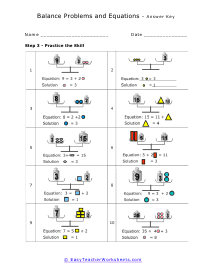Many times we forget the importance of measurement in our everyday lives. When the doctor prescribes you medicine to get you better measurement is at the fore front of their mind as well as the pharmacist that fills the prescription for you. Too much will most definitely hurt you. Too little and you will not see the health benefit. When we cook things which measurement system are we using cooking a roast at 400 degrees is great when using U.S. measurement standards, but in the Metric system you might vaporize it, if you could find an oven that even reaches those temperatures. Standard units of measurement differ between the United States and all other countries. In the United States the unit of measure are called US Customary Units. Most of the rest of the world follows the metric system. Throughout history the United States government has reviewed the use of this standard of measurement and has time and time again stuck with their system. At this point U.S. industry and business are so invested in the system that would create a financial hardship, if it were to be changed.
As you scroll through the worksheets, lessons, and quizzes below you will notice that they are arranged alphabetically due to the sheer volume of topics that we have available. You will learn how to perform operations with units of measure. You will learn how to convert between various units. Students will learn how to draw things to scale and use various forms of scientific forms of notation. You will also learn how to take readings and interpret commonly used laboratory equipment. Most importantly you will learn how to calculate how precise your readings are and can be. Units of measurement basically make the world go round. When we neglect to understand these units, we basically neglect to know the world around us.



































